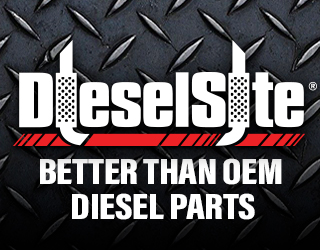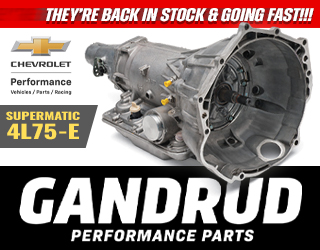Cars

Replacing the rear suspension arms is something of a Mustang tradition, and the S197 platform is no exception. Wheel hop is proving to be something of a problem on these vehicles, and Modular Mustang Racing has the solution in the form of new lower rear control arms for the ’05 Mustang.
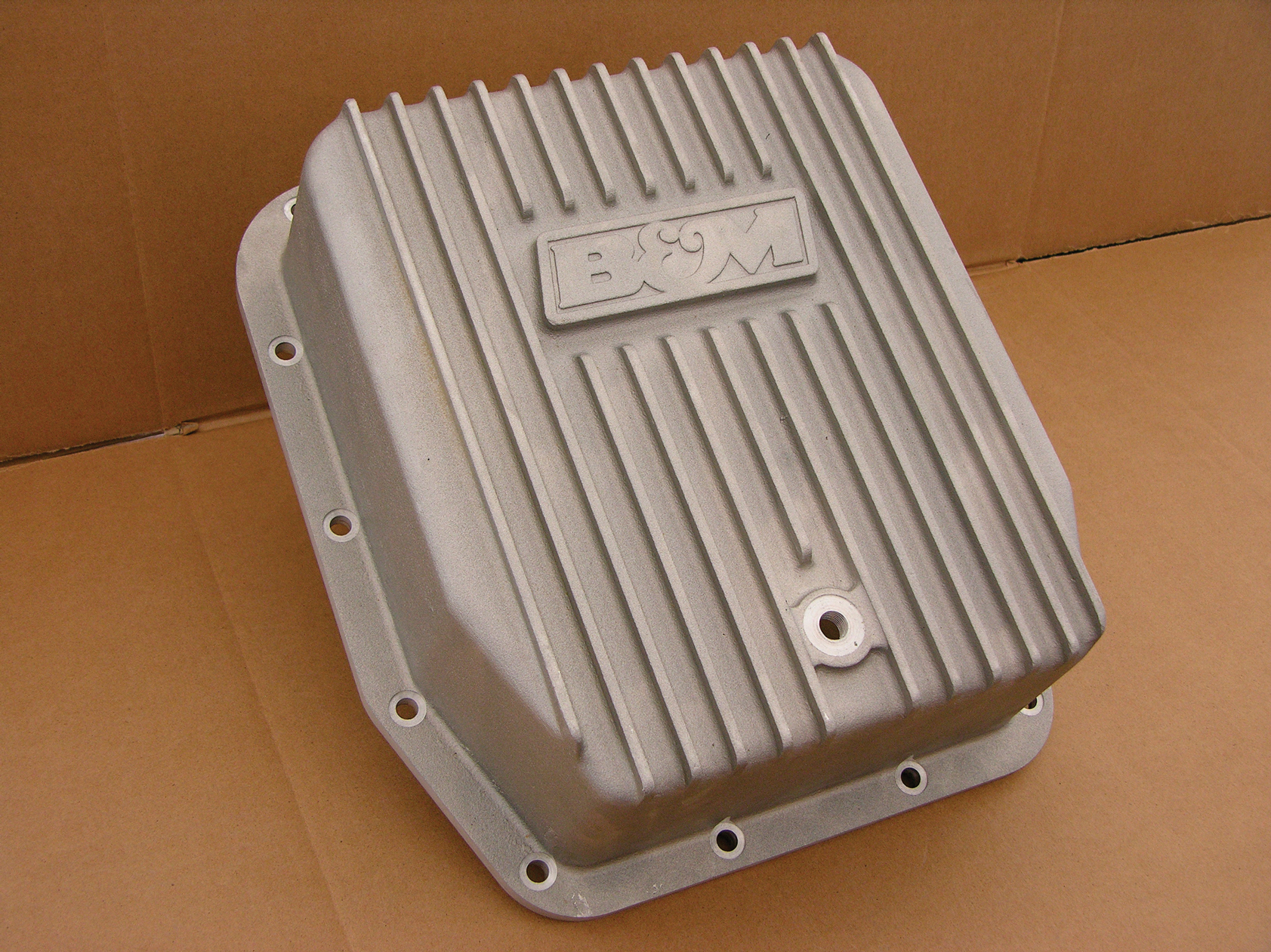
The world is full of minor inconveniences, and changing transmission fluid is one of them. The job doesn’t need to be complicated, but on some cars it is. When we find the accountant who decided that our 4R70W transmission didn’t need a drain plug, we’re going to intentionally put him on duty at a quick-change oil and lube facility. What were they thinking?
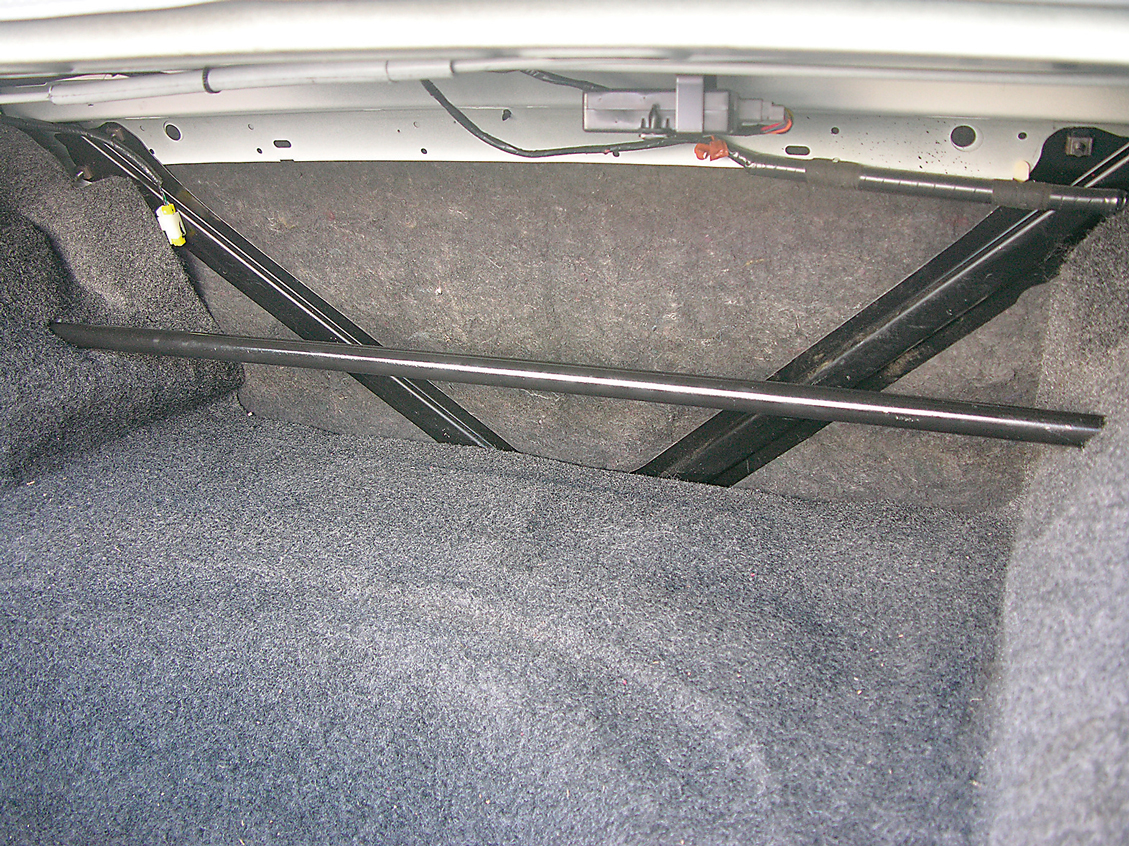
Even more than 40 years ago, Ford understood the importance of preventing body flex in order to allow a suspension to maintain proper geometry. The earliest Mustangs came with front shock tower braces to prevent uncontrollable suspension articulation, caused when both upper ends of the shock towers flex inward. The need to prevent such flex is still important today, and the principle applies to the rear shock towers as well as to the fronts.

When you go looking to make huge power from your 5.0-liter Ford, the limiting factor will always be the weakest link in the chain. In the case of our supercharged 331 stroker buildup, the weakest link turned out to be the production block. Like most enthusiasts, we had no budget for a DART racing block or even a Ford Racing Sportsman block, but we decided to tempt fate nonetheless and go for a big power number on the dyno. Considering that the stock fuel-injected 5.0-liter was rated at a measly 225 hp, even a 300hp buildup would offer a welcome change in performance.
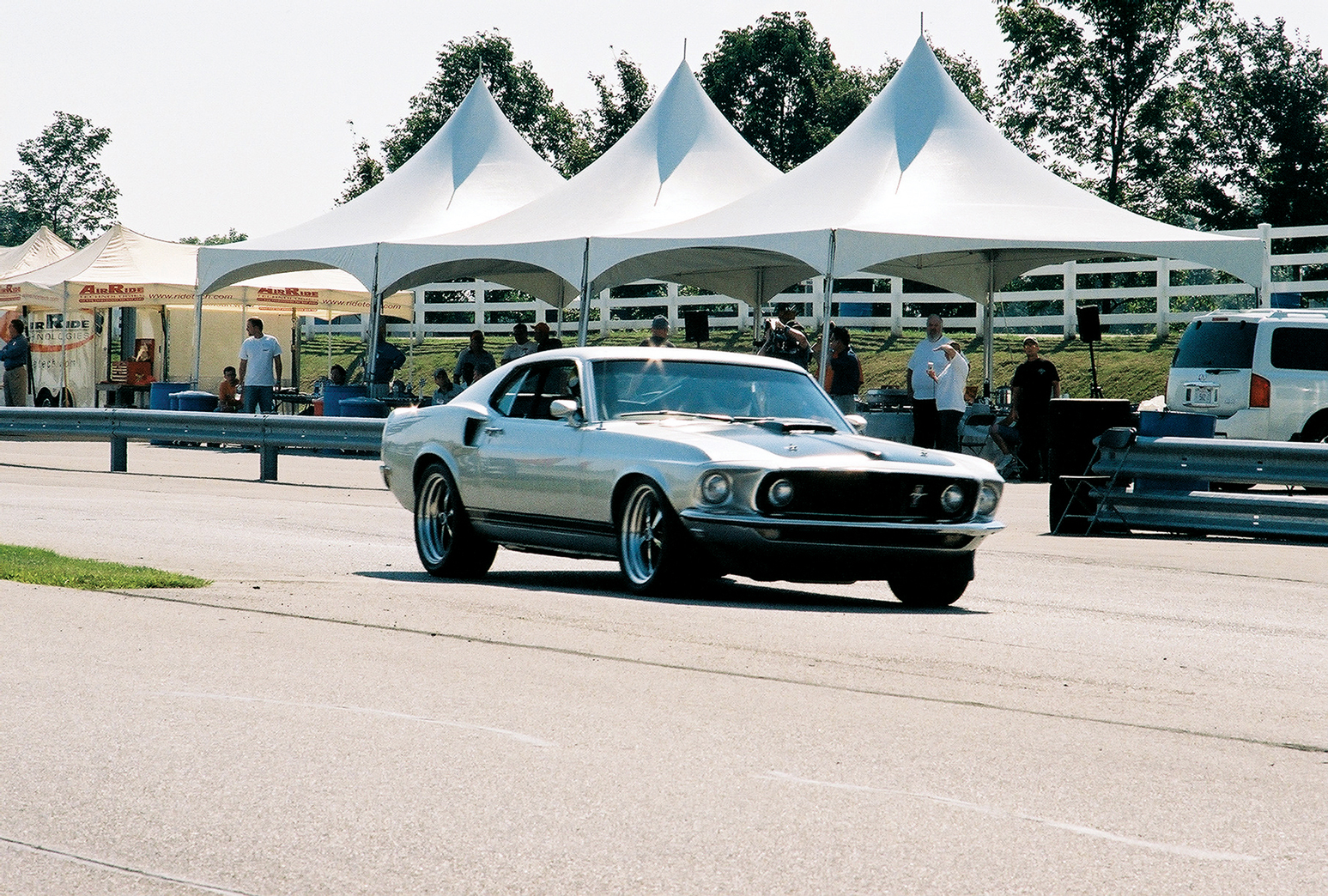
As much as it rankles Blue Oval fans, the early Mustangs used the same suspension as the Falcon and the Comet. It brings to mind cars powered by little six-bangers, dubbed “economy cars,” and not meant for the performance-minded-like a ’60s version of a Geo Metro or Yugo. Those who drove them loved and abused them, and quickly determined the limits of the factory suspension—especially with any power under the hood.
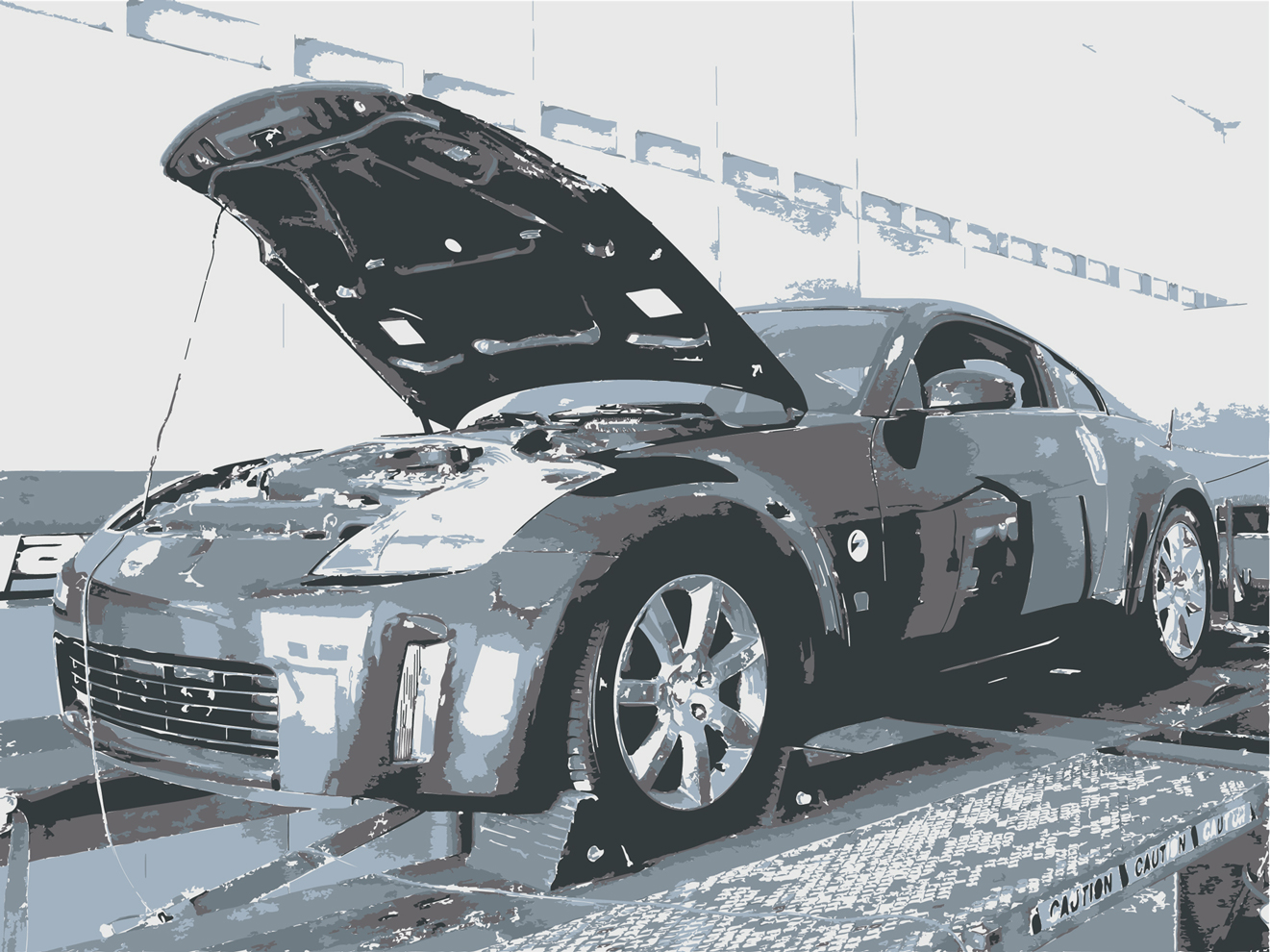
When the Datsun 240Z was introduced at the end of 1969, car enthusiasts around the world took note. After all, here was a car that put many of the long-established sports car favorites into a tailspin, both on the street and in several racing venues.
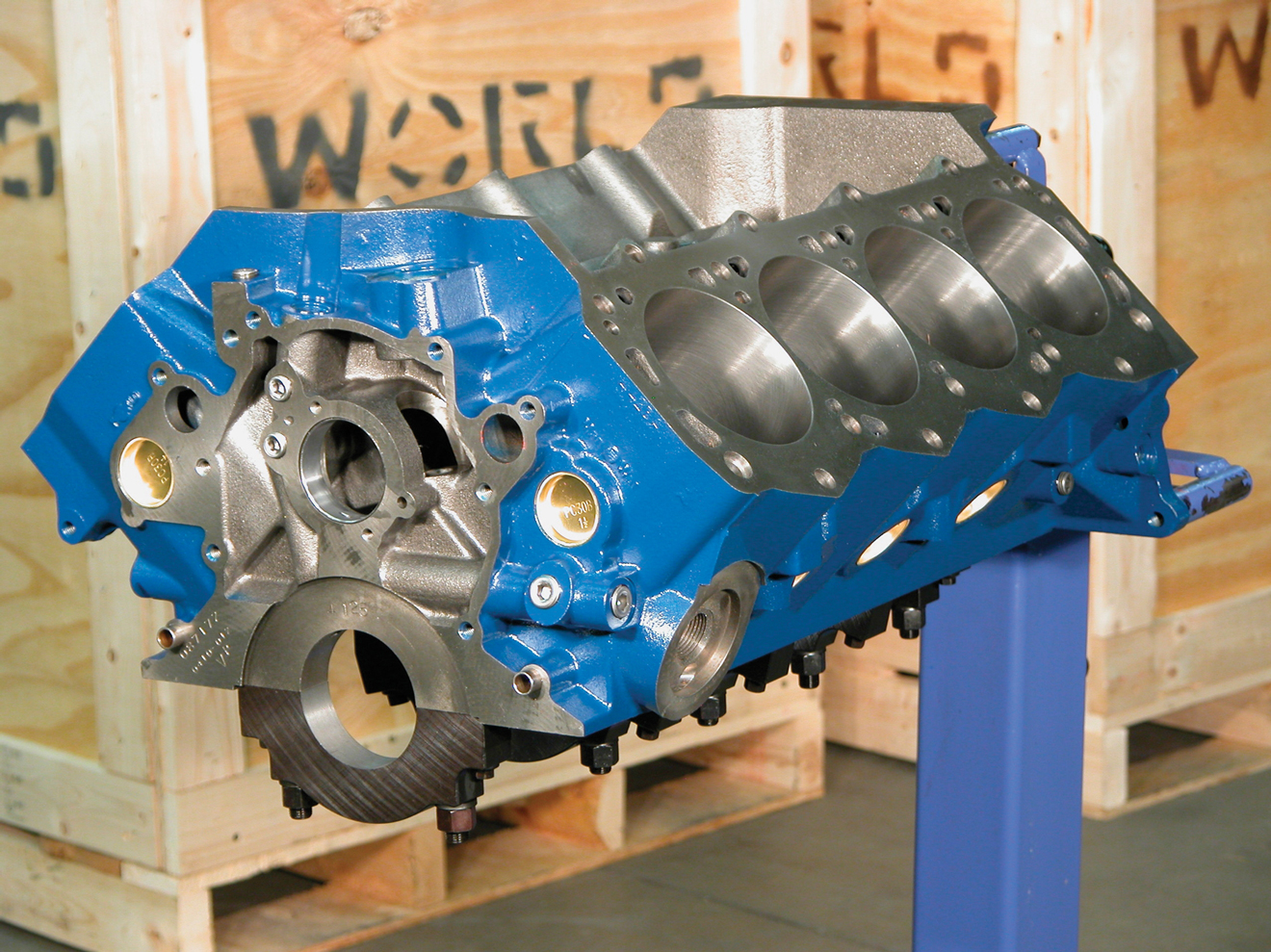
While the small-block Chevy is the popular engine choice for many enthusiasts, many are now relying on a Blue Oval heart for their performance bodies. With its link to Ford, the original body manufacturer for many of the classic cars we see today, the small-block Windsor-style Ford engine offers several advantages. When compared to Chevy, the lack of firewall clearance for a number of Chevy engine swaps is due to the rear distributor position of the engine. The front-mount distributor position is the more logical place to drive the distributor and the oil pump. Not to mention, it’s much more convenient.

What can we say about VTEC Honda motors that hasn’t already been said thousands of times? Accolades have been bestowed upon the B-series Honda at an almost embarrassing rate—and we might add that all of its praise is well deserved. But we have already begun to turn our attention to the newer K-series motors, which by all accounts are even better motors than the B-series. They are sure to start a revolution of their own, but that is a discussion for a different day.

One of the most misunderstood performance components on any engine has to be the camshaft, or camshafts in the case of our overhead-cam 4.6-liter Ford engine. The difficulty is only compounded when you add forced induction to the mix. From an anatomical standpoint, the camshaft can be likened to the brain, as the cam profile determines how effectively (when and where) breathing takes place.
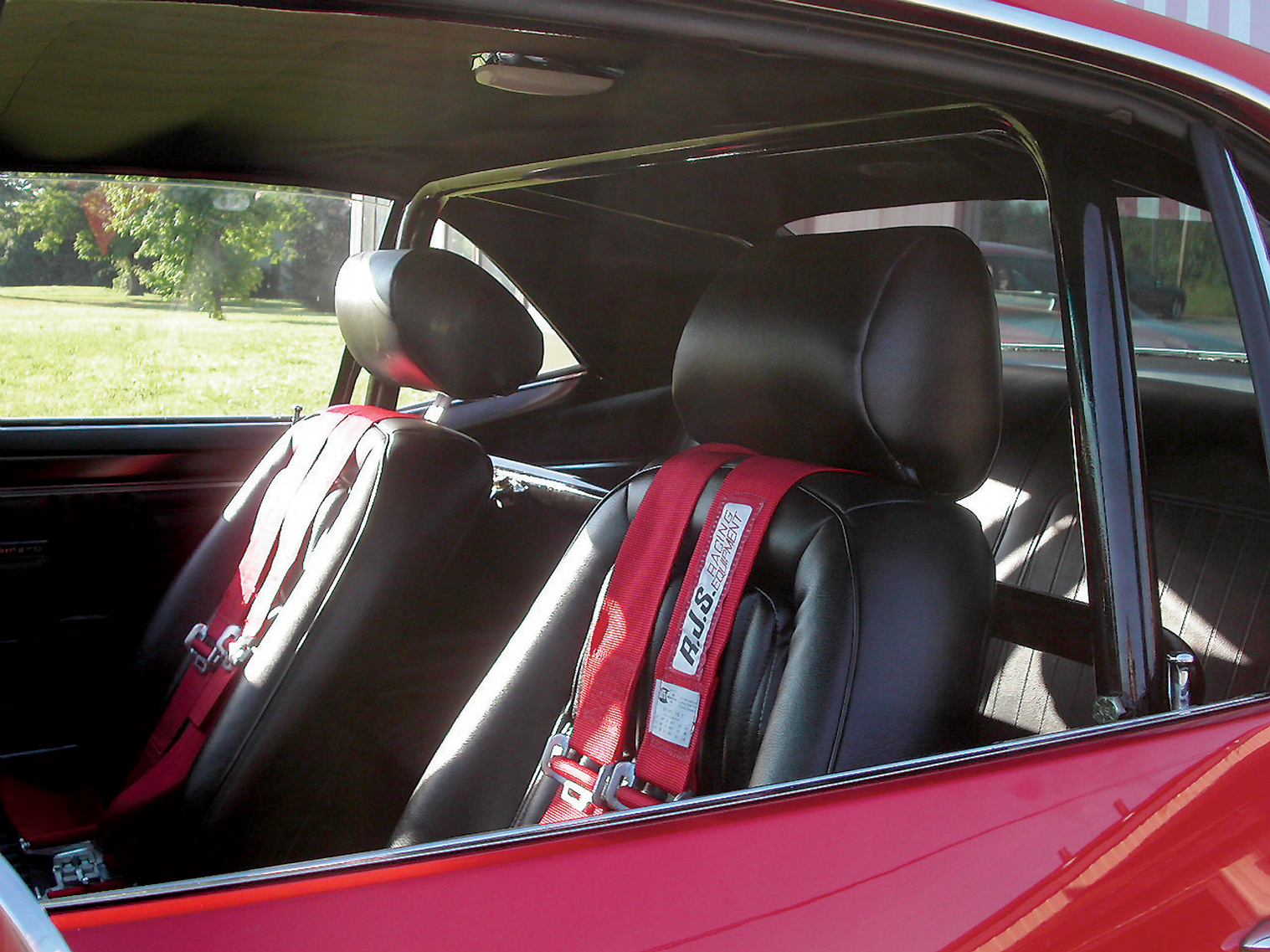
In the fall of 2003, I wanted to attend an open-track lapping day with my ʼ67 RS/SS Camaro. I have owned the car for several years and have autocrossed and drag raced it, but I never had the opportunity to run it at one of the local tracks, such as Nelson Ledges of mid Ohio, or BeaverRun.



